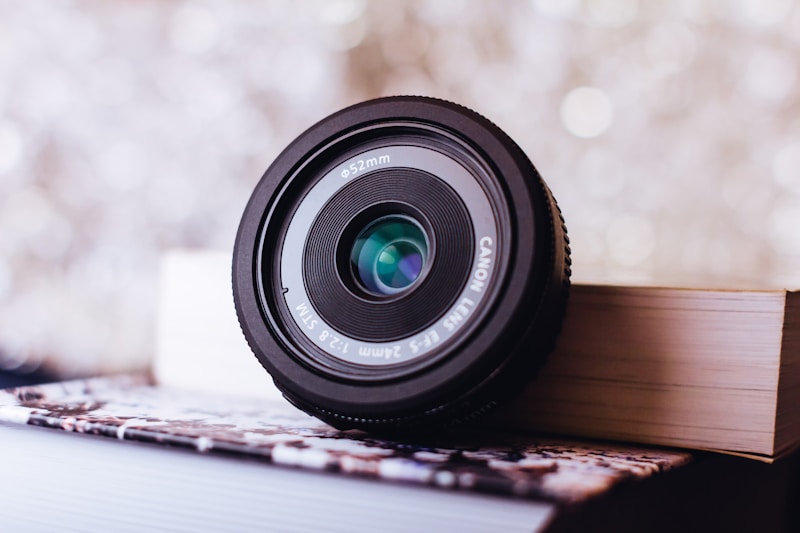It was a beautiful day in Rishikesh. I was taking a stroll down the quiet lanes of this ultra neat town. Bells were ringing. Throngs were chanting mantras. There was a magical aroma that filled the air. It was a blissful moment. There was a group of people nearby doing Sun Salutations. It looked as if each one was following a different style, but none of them was bothered.
That was when I noticed this young woman. She was doing her own Sun Salutations, although practising slightly further away from the group. Her style was completely new to me. I had been practicing for about six years at this point, but I had never come across this variation of Sūrya Namaskār. When she had completed her practise I approached her. “Namaste,” I wished, to which she replied with a beautiful smile. I mustered up courage and asked her, “Which style of Sun Salutation were you practicing?”
“Oh! That is the Iyengar style,” she replied, but this answer only piqued my curiosity even further. “Does Iyengar Yoga have its own Sūrya Namaskār? I never read about it anywhere. Could you teach me?” Thus started my journey with the Iyengar style of Sun Salutations!
The Sūrya Namaskār Of Iyengar
Iyengar is quite similar to the Sivananda style I explored in my last article. Iyengar also consists of twelve āsanas, but with subtle variations. Iyengar’s Sun Salutations are a little more intense in terms of energy expenditure, since they are generally practised much faster. Since it is quick in nature, it might not be suitable for the beginners as the synchronization of breath and Asanas become a little tricky.
Sun Salutations The Iyengar Way
- Tadāsana (Mountain Pose): Bring your body into equilibrium with this pose. Join your palms a heart center.
Inhale. - Ūrdhva Hastāsana (Raised Arms Pose): Sweep your hands over your head while bending your torso backward gently.
Exhale. - Uttānāsana (Forward Fold): Fold forward, keeping your back in a straight line on the way down.
Inhale. - Ardha Uttānāsana (Half Forward Fold): Lift your head and neck up and fix your gaze at a point on the floor in front of you, keeping the back of your neck straight.
Hold your breath. - Uttitha Chaturanga Dandāsana (High Plank Pose): Jump into a plank, allowing your wrists to be aligned beneath the shoulders.
Exhale - Chaturanga Dandāsana (Four-Limbed Staff Pose): In Sanskrit, chatura means four and anga means limbs. This low plank could be easily swapped with the Eight Limbed Salutation from the Sivananda style.
Inhale. - Ūrdhva Mukha Śvānāsana (Upward Facing Dog Pose): This is quite a powerful backbend. Keep your torso and thighs completely off the floor. Stretch your elbows completely, balancing your body on the palms and toe tips.
Exhale. - Adho Mukha Śvānāsana (Downward Facing Dog Pose): Try to keep your feet separated at a hip distance. Push your heels towards the ground and simultaneously rotate the hips towards the ceiling. Keeping the palms spread and wrists stacked under the shoulder could help in getting the alignment correct.
Inhale. - Ardha Uttanāsana (Half Forward Fold)
Exhale. - Uttanāsana (Forward Fold)
Inhale. - Ūrdhva Hastāsana (Raised Arms Pose)
Exhale. - Tadāsana (Mountain Pose)
Breathe normally.
Remain here for a few breaths, feeling the movement of energy through your body, or continue to your next salute. This completes one round of Iyengar-style Sūrya Namaskār. For bonus points, follow your practice up with a ten-minute bout of prānāyāma or meditation!
The Lore of Iyengar Sun Salutations
There are some specific benefits that this style of Sūrya Namaskār offers. Practising these regularly burns more calories than other styles owing to the speed, improved levels of circulation, stronger digestive and respiratory systems, and higher energy levels. It also helps in clearing your Root and Svādhishtana Chakras.
For me, Iyengar-style Sūrya Namaskār is an instant energy and mood booster. On days when I feel really drained and can’t seem to get out of a funk, a few quick rounds of this Sun Salutation practice gives me the necessary energy, focus, and concentration I need. That way I can go back to my life and be at my best for whatever is happening that day.
What’s funny about this style is that no one really knows where it comes from! The late B.K.S Iyengar, who is the father of Iyengar Yoga, hadn’t mentioned creating any such style for Sūrya Namaskār. That being said, this sequence has been widely adopted as a great way to begin a powerful vinyāsa or Power Yoga session.
Bringing Iyengar Sun Salutations To Your Mat
The best part about this flow is that it could be a complete session on its own during your home practice. Make modifications using props and play around with the āsanas, if you want to personalize the flow. You could start with ten rounds, keeping the pace moderate. Breathing is key!
If you’ve tried both styles have you noticed the difference between the two? Do you have a preference? Let me know in the comments below about anything you’ve learned or about a style you’d like to see us explore!












